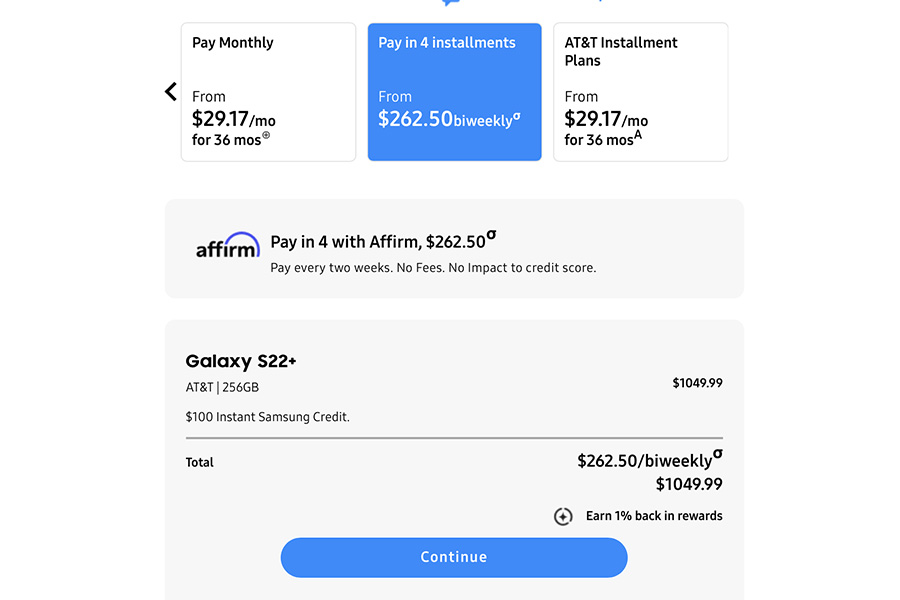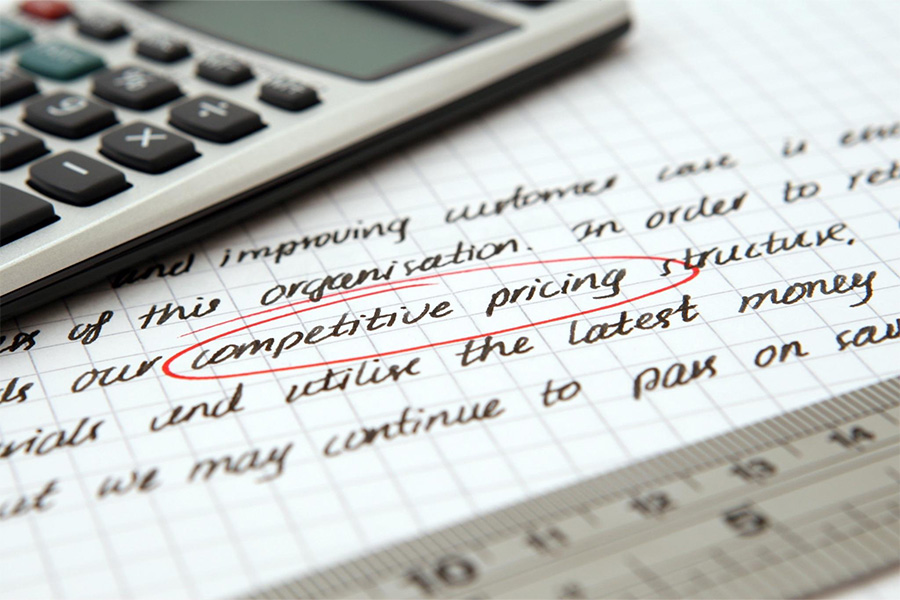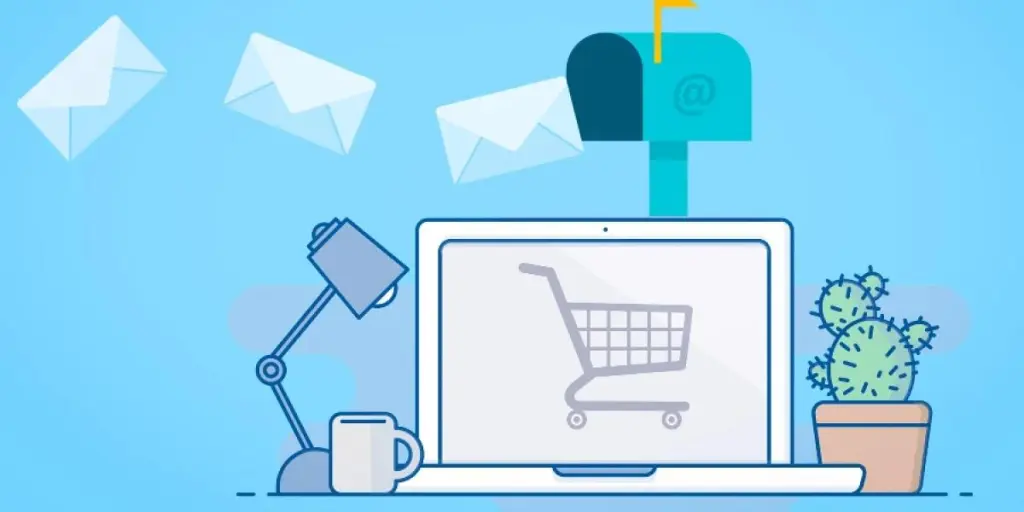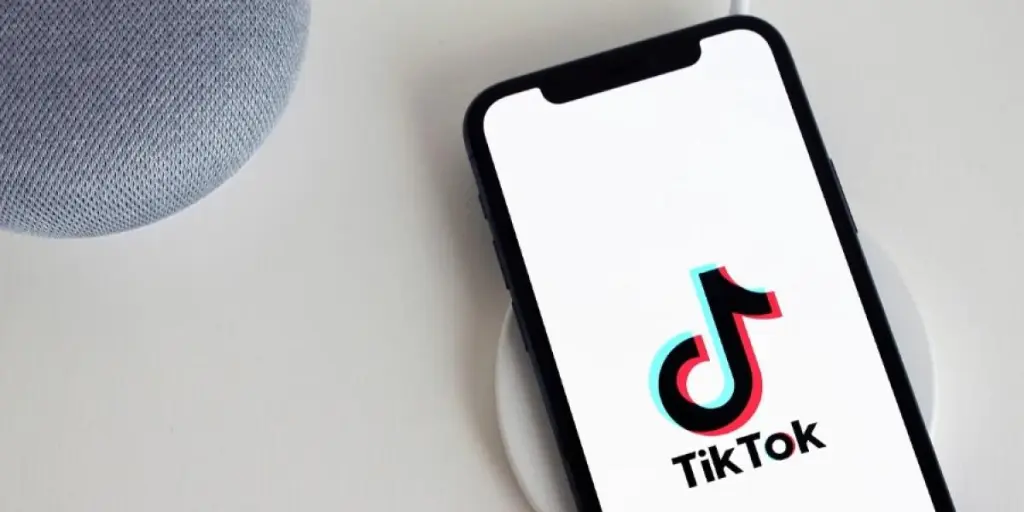Creating a good psychological pricing strategy can be a key way to entice online customers to buy products from certain eCommerce businesses. When not using psychological pricing, businesses may miss out on sales as they are perceived as less alluring to a consumer than others with clever strategies.
Some well-known psychological pricing strategies that can be spotted on a day-to-day basis include; buy one get one free offer, one-day sales/limited-time deals, and buy this product to be entered into a prize draw. These are just some because there are also more subtle concepts that can be used, such as “charm pricing,” where prices are just below a round number, such as $9.99 rather than $10. See potential psychological pricing strategies below and find ways to implement them within eCommerce.
Table of Contents
What makes psychological pricing meaningful for eCommerce?
5 Psychological pricing strategies
How implementing these strategies is positive for eCommerce?
What makes psychological pricing meaningful for eCommerce?

In general, pricing products can be tricky. And for eCommerce, it can be even harder. With more access to similar brands, offering the same products at similar prices means businesses need to price in ways that will entice consumers to their brand, rather than their competitors. With that in mind, having strategies in place that make a brand stand out can be the helping hand needed to maintain/increase sales for eCommerce businesses.
One such strategy is psychological pricing. This taps into the emotions of the consumer.
The concept behind it is to make the consumer feel as though they are getting the best deal possible for the product they are buying. The focus of eCommerce cannot be on product appreciation because it requires physical contact with an item—it is difficult to feel through the computer/phone screen. Therefore, focusing on emotional connection can be a way to tackle this problem.
Psychological pricing does just that. It makes the consumer desire a product based on price, and the way in which it is priced can aid in the decision-making of whether or not the consumer will buy it.
5 Psychological pricing strategies
There are a number of pricing approaches eCommerce businesses can take when it comes to psychological strategies. Here are some of the different pricing methods that can be easily implemented by eCommerce sellers.
Charm pricing

Charm pricing is probably the oldest and most used method of psychological pricing. When using the charm pricing method, it means that consumers do not focus on the right digits and tend to focus more on the left digits, creating the left-digit effect and making their decision based on this number.
In short, the consumer looks at the $11.99 price and sees it as $11 instead of $12.00 even though the difference is only $0.01. This price is perceived to be a lot cheaper and thus more enticing to buy. This is a long-standing and effective pricing approach and is one of the most straightforward to implement. When choosing which strategies to use, this should be at the top of the list, and the others used as a bonus.
BOGOF
Buy one get one free is a popular method used in supermarkets but can be an effective way of enticing eCommerce consumers. It is said to be one of the most popular pricing approaches for consumers, who love to feel as though they are getting something for nothing.
Creating this type of promotion has a positive approach and even though it may have similarities to a “50% off for two items” discount, it is desirable to use BOGOF. 50% off discounts, despite creating the same cost outcome for the consumer, are not quite as appealing as BOGOF. The consumer tends to favor the eCommerce seller’s goodwill that is created through a BOGOF offer, rather than the latter. The concept of getting a free “gift” is psychologically appealing to the consumer, and therefore a good option for an eCommerce pricing strategy.
Cost break down
This pricing approach is often linked with high-priced products and the item is often beyond the consumer’s budget range. A good way to encourage consumers to buy when prices are high is to have a choice for them to pay in installments for their item.
Over recent years there has been a growth in apps like Affirm or online store finance options allowing consumers to break down the cost of a product and pay it in installments over an agreed period. For example, if a person buys a $1049.99 phone, they can choose to pay it upfront or use the payment app/finance option to break down the cost into segments of $29.17 for a period of 36 months. This approach is easily available for eCommerce sellers, as most payment apps can be downloaded directly to an online store website.


When consumers see this as an available option, they can feel confident that the products will be affordable for them even if they are at a higher cost. This strategy entices them to buy beyond their usual budget and psychologically makes them feel as though they are getting a good deal due to the cost broken down into manageable amounts.
Price anchoring
Price anchoring is a way of making the consumer feel as though the product they are buying is cheaper than a similar product elsewhere, but it appears to be cheaper due to the pricing layout. A simple way to explain price anchoring is with the RRP (recommended retail price). When a consumer sees this price they see it as the true value of the product. Therefore, seeing the high price struck through and a new discounted price added, the consumer can be led to believe they are getting a superior product for less money.
The RRP of $450 (struck through) acts as the anchor price and is part of the enticing factor. Seeing that the true payable price of $399 is lower than the RRP makes the consumer psychologically feel as though they are getting a better deal (even though that may not be the case), making it a useful and simple pricing strategy.
Decoy pricing
Decoy pricing is a way in which the seller can encourage the consumer to buy an item at the ideal market price. A great example of this in action is at the cinema when buying snacks. The popcorn is often shown on the screens as you pay for your cinema ticket and there are different sizes available. For example, you may get a:

Most people would choose the option with the drink, as the large is so huge and costly that the consumer is driven to the bumper thinking this is the best option. The “decoy price” is the one that is psychologically the most enticing to the consumer. If there were only two options, the consumer would more likely choose Simple Snack. However, with the “decoy” of a third price, they are more enticed to buy the higher-priced option of the Bumper Snack. Most consumers will note that the Premium Snack is not a good option, and therefore not worth having.
To implement “decoy pricing,” an eCommerce site will need to have tiered/varied pricing options with more than two selections. Two of the options should be inferior to the rest so that they will not appeal to the consumer and then a “decoy price” that is much more desirable should be listed with the others. This will ensure that the consumer gravitates toward the price that the seller uses as the decoy. This option could be successful for a brand that sells services or has a variety of price packages.
How implementing these strategies is positive for eCommerce?

eCommerce is reliant on incentivizing visuals to sell to its consumers. Consumers are not able to feel or physically look at products, so pricing strategies can be a way to entice them to a brand’s website.
Psychological pricing strategies for eCommerce can tap into a consumer’s subconscious and encourage them to buy from a site with good strategies over one without. These strategies create an emotional connection with the consumer by making them feel as though they are getting a good deal for a product, due to how the price is presented. They are simple to implement, have a positive effect on drawing and retaining customers to brands, and increase sales and profits.





Very informative and helpful information
Interesting , I want to receive others posts pls for help